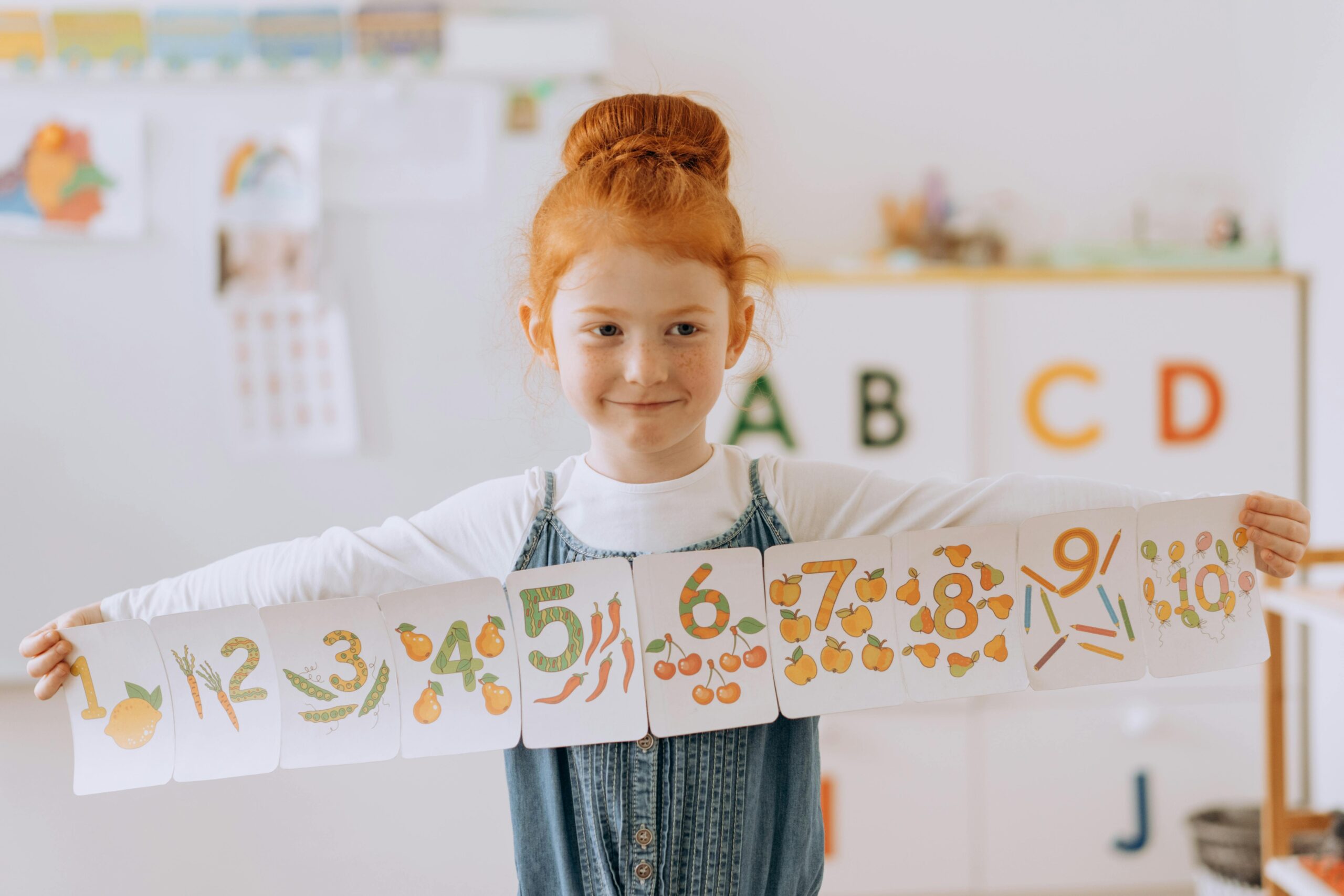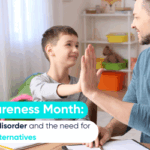
What assessments look like throughout the foundation phase
As a parent, you want to set your little one up for success. But how do you know if they’re on track? In the Foundation Phase, assessments look different from traditional tests and exams. Instead of formal testing, teachers and parents observe key developmental milestones to ensure their learners build the essential skills needed for future learning.
Our Foundation Phase expert, Hilda Erasmus, shares insights on what to expect from assessments in these early years and how you can support your child’s progress.
Grade R
At this stage, your little one’s main task is to play and explore. Through play, they’ll develop essential motor and cognitive skills. Activities like drawing, cutting, colouring, and painting help build fine motor control, while running and jumping strengthen gross motor skills. These foundational skills ensure that your child is ready for the structured learning of Grade 1.
Grade 1
The transition to Grade 1 is an exciting time for most little ones, but it brings a more structured approach to learning. Despite this, you can still assess learners' progress throughout the year through interactive tasks, oral responses, and continuous observation. Here are the key areas of focus:
1. Language development
By the end of the year, your child should be able to communicate fluently in their home language. This will help them identify and pronounce phonics, one of the key focus areas in Grade 1. Basic words and phonic recognition are a good sign that they are ready to tackle the language requirements of the upcoming grades. Eagerness to read will also help learners to work harder towards their language development.
2. Mathematics and numeracy
At the end of Grade R, learners should be able to count to 10 and have mastered number sense up to number 5. They should also be able to understand and use basic mathematical concepts like adding, subtracting, more, less, the same, bigger, smaller, etc.
This terminology forms the foundation of mathematical development, both throughout the first grade and the rest of the foundation phase. However, your learner should show an interest in numbers before starting with formal mathematical assessments.
3. Social development
In terms of their social development, learners should show self-confidence and self-worth. They should show eagerness and curiosity towards learning, playing, and sharing with their peers.
4. Emotional development
Emotional intelligence is one of the most critical skills needed to cope with the various challenges that form part of your child’s learning journey. Help your little ones manage their emotions by understanding and expressing what they are experiencing.
5. Physical development
Regarding gross motor skills, your child’s core muscles should be developed so they can sit still for more than 15 minutes at a time. Physical play like running and jumping will help them strengthen these muscles. Avoid fatigue and frustration by helping them develop their fine motor skills, allowing them to hold a pencil correctly and complete written activities.
Grades 2 & 3
In these grades, assessments build on the foundation laid in Grade 1. The focus remains on developing core skills in language, mathematics, and emotional resilience. Learners are expected to gain more confidence in their abilities while applying their knowledge to slightly more advanced tasks.
To track progress, you can use various informal assessment methods, such as activities, discussions, and practical tasks. If a learner struggles in these areas, additional support and practice can help them bridge gaps before moving on to more demanding academic challenges.
The Intermediate Phase (Grade 4)
Moving into the Intermediate Phase (Grade 4) marks a significant change for parents and learners. Here, learners will have more subjects and will write tests and exams. More self-discipline is expected from the learner, and they should start to create their own ways of learning.
Here’s what they should be prepared for:
1. Language development
Your learner should be able to read with comprehension as they must read fluently and understand everything they read. This skill will be beneficial when reading questions in tests or exams as learners will know exactly what is being asked of them.
2. Mathematics and numeracy
In Mathematics, everything comes down to numerical comprehension. Numeracy is learned by representing numbers visually. Collect five pebbles, organise them into different groups, and help the learner visualise the amounts in their head. The learner must be able to do mental math at the end of Grade 3.
If the learner still counts on their fingers, finds ways to get answers by drawing pictures, or uses a 100-chart or abacus to do simple equations, it could be a warning sign that they might not be ready to move to Grade 4.
Is your child ready for the next phase?
If you're unsure whether your child is ready for the next grade, a school readiness test by a registered therapist or psychologist can provide valuable insights. These assessments help determine whether your child is prepared for the next stage of learning or if additional support is needed.
A strong foundation is key to long-term academic success. By understanding how assessments work in the early years, you can help your child develop the skills they need to thrive in their learning journey.

